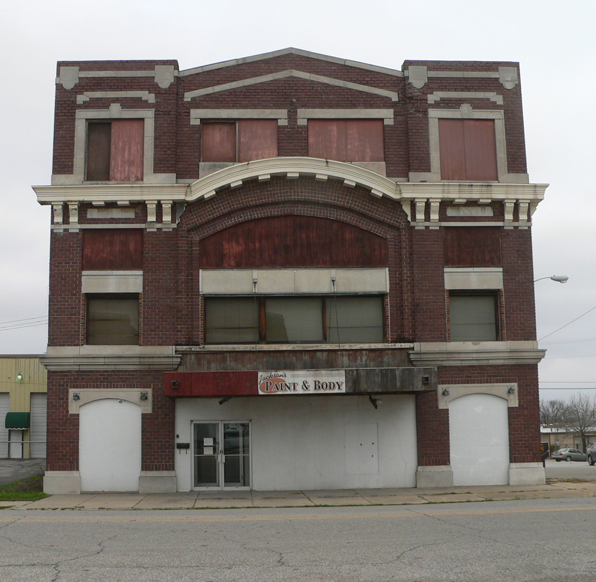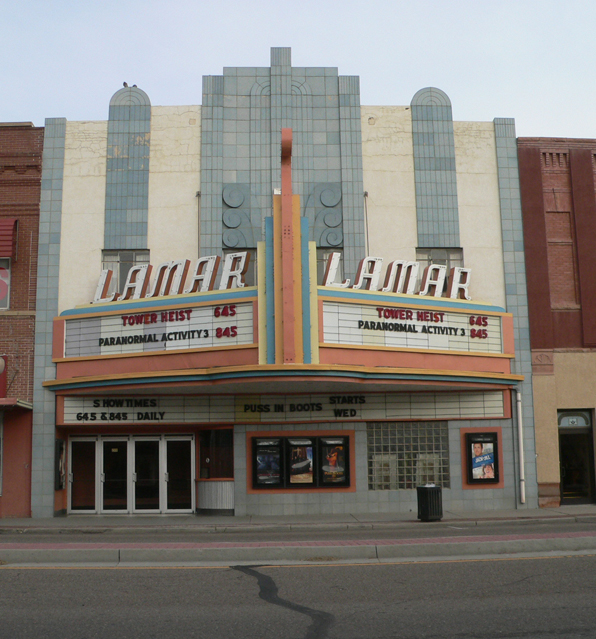Before interstate engineers replaced our river crossings with solid, straight, under-supported super-slabs of concrete highways, spidery steel bridges carried us across the impediments to the relentless to- and fro- of an increasingly mobile society.
When you pass through the steel rib cages of these older bridges, especially the narrow, long spans, crossing a river feels like a celebration, an exciting transformation from one place to the next. The uniformity of road surface, side rails and driving surface of concrete pier bridges celebrate only the efficiency of travel, not the journey.
These bridges make a space amongst themselves, an interstitial place between here and over-there. Because the structure of the bridge is above you and around you, you don't simple glide across a river or steep valley, but you feel the suspension from gravity of that leap across space.
























